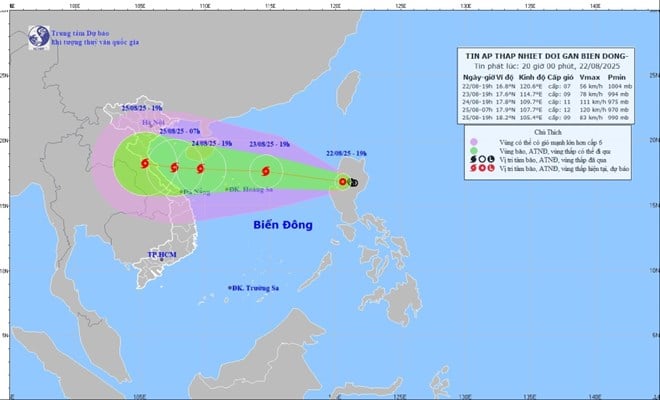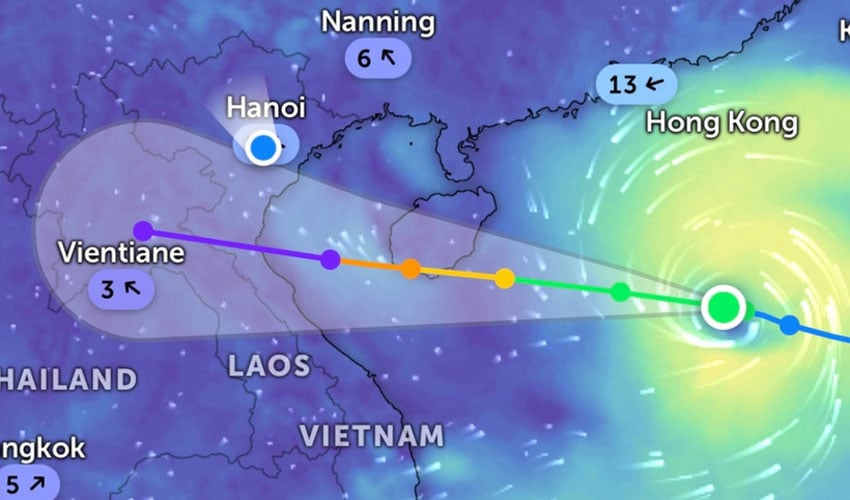Europe has warmed more than twice the global average since the 1980s and is likely to see more deadly heatwaves.

People in Milan, Italy, July 22, 2022, amid a severe heat wave in Europe. Photo: AFP
Europe was about 2.3 degrees Celsius warmer last year than pre-industrial levels, according to a report by the World Meteorological Organization (WMO) and the European Union’s Copernicus Climate Change Service (C3) on June 19. Droughts that withered crops, record-breaking sea surface temperatures and unprecedented glacier melt were among the consequences, the report said.
Europe is the world's fastest-warming continent, warming more than twice the global average since the 1980s. The continent experienced its hottest summer on record last year, with France, Germany, Italy, Portugal, Spain and the UK experiencing their hottest year on record.
The world has warmed by an average of nearly 1.2 degrees Celsius since the mid-1800s, bringing with it more extreme weather, including more intense heatwaves, more severe droughts and stronger storms fueled by rising sea levels. Many poor countries, which contributed little to the warming fossil fuel emissions, are suffering the most.
“In Europe, high temperatures exacerbated severe and widespread drought, fueled intense wildfires and created the second largest fire zone on record, and led to thousands of heat-related deaths,” said WMO Secretary-General Petteri Taalas. In 2022, extreme heat killed more than 16,000 people, while extreme weather and climate caused an estimated $2 billion in damage.
Also in 2022, Alpine glaciers lost record mass due to low winter snowpack, hot summers and wind-blown Saharan dust. Average sea surface temperatures in the North Atlantic hit their warmest on record, with warming rates in the eastern Mediterranean, Baltic, Black Sea and southern Arctic three times higher than the global average.
Marine heat waves, which are harmful to many species, have also lasted for up to five months in some areas, including the western Mediterranean, the English Channel and the southern Arctic. Rainfall has been below normal across much of Europe, affecting agricultural production and water reserves. Drought has also affected electricity generation, reducing the capacity of hydroelectric power plants and some nuclear power plants, which rely on water for cooling.
However, the report also highlights a positive point: wind and solar will generate 22.3% of the EU's electricity by 2022, surpassing fossil gas (20%) for the first time. "The report confirms two things we already knew: climate change is having a serious impact on Europe, and we already have renewable energy technology solutions," said Leslie Mabon, a lecturer in environmental systems at the Open University.
Thu Thao (According to AFP )
Source link




































![[Photo] President Luong Cuong attends special political-artistic television show "Golden Opportunity"](https://vstatic.vietnam.vn/vietnam/resource/IMAGE/2025/8/22/44ca13c28fa7476796f9aa3618ff74c4)






































































Comment (0)